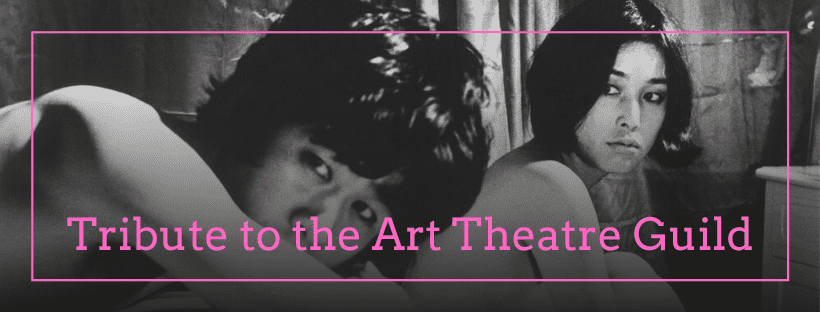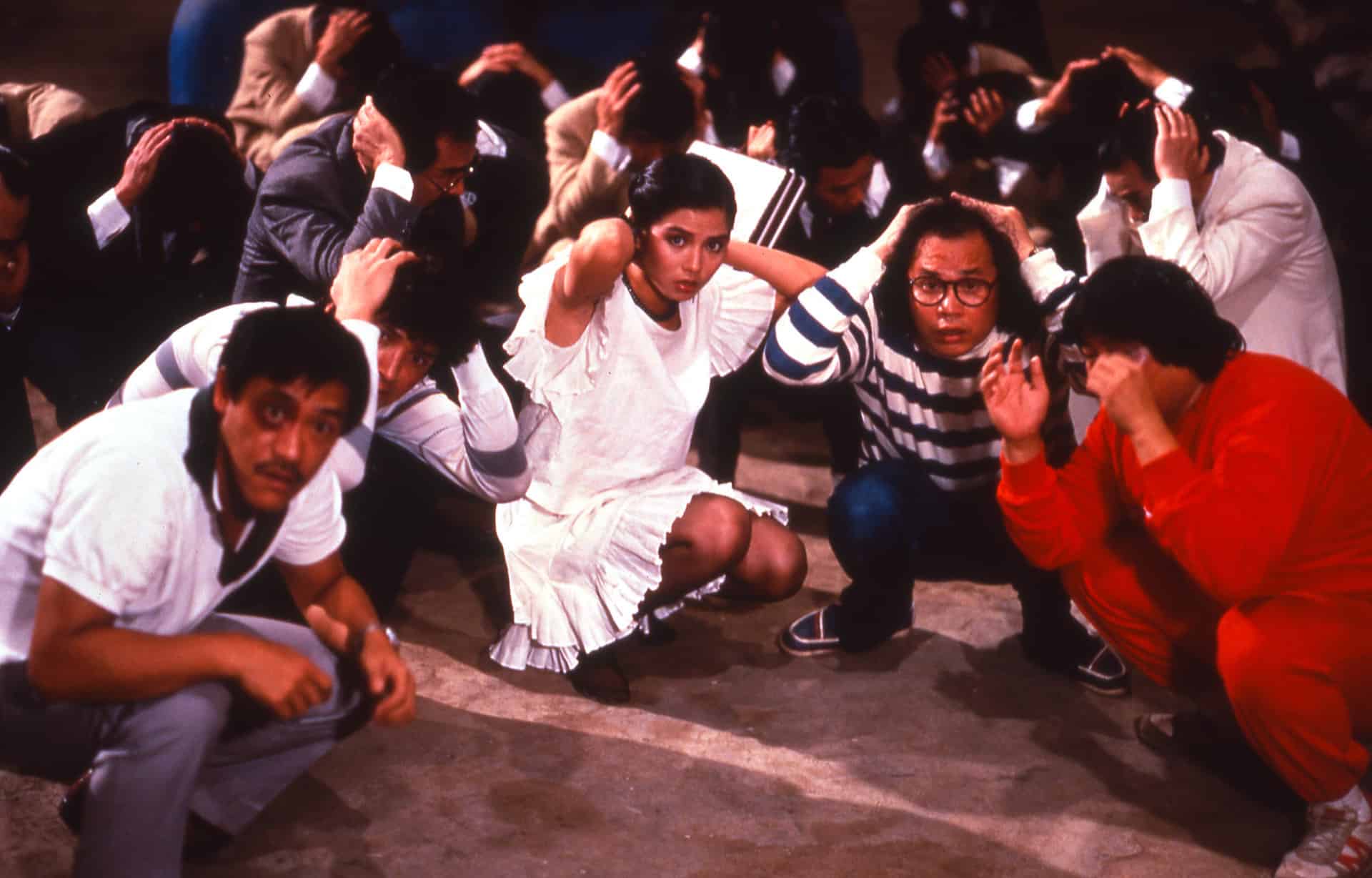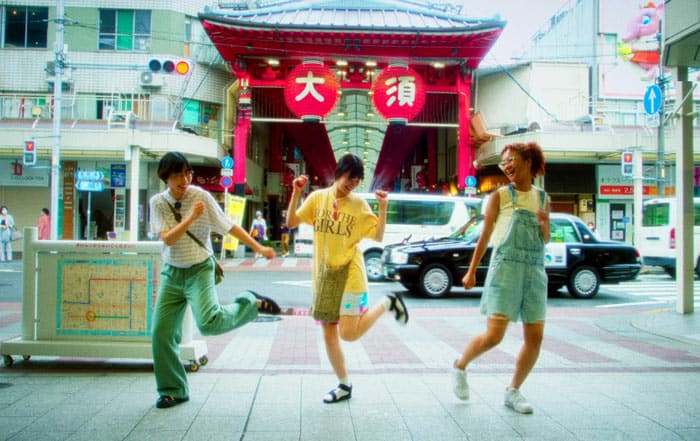After the critical acclaim of his 1969 feature “Eros + Massacre”, Kiju Yoshida went even further in the second part of his political trilogy, “Heroic Purgatory”. The creative freedom the director enjoyed in his collaboration with Art Theater Guild would result in a work which, if you believe film scholars such as David Desser, is even bolder than its predecessor, continuing the filmmaker's predilection on breaking the rules of cinema, from narration to elements of the mise-en-scène. In many ways, “Heroic Purgatory” seems to be a companion piece to the kind of cinema colleagues such as Nagisa Oshima were making at the time, establishing a rather bleak image at the end of a tumultuous decade, which was somewhat skeptical of the lasting social and political change the large amount of protests had tried to achieve in the past years.
Buy This Title
on Amazon
Although the feature is difficult to sum up in terms of story, at the beginning we find Rikiya (Kaizo Kamoda), a renowned engineer, who enjoys a good reputation among his colleagues and a luxurious lifestyle. However, at his latest project, which has something to do with laser beams, he finds himself lost, reminiscing his youth as a student, when his political opinions were quite different, and when he and his peers had planned an assassination of high-ranking officials to support their aims.
At the same time, we follow his wife Nanako (Mariko Okada), who brings home a teenager (Kazumi Tsutsui) one day. Shocked by the state of the young girl, she convinces her husband to let her stay for a few days, even though her father arrives at the family's apartment demanding his daughter shall be brought back to him. Insisting Nanako and Rikiya are her parents, the young girl eventually stays with them, but the encounter with the strange man has visibly shaken the engineer, who thinks he has met the stranger before.
For those thinking this story is confusing, in comparison to his other features at the time, “Heroic Purgatory” may just be the best introduction to Yoshida's work, especially since it is included in the “Love + Anarchism” boxset which was released by Arrow Academy a few years ago. As with “Eros + Massacre”, the director frequently blends past and present, with the added “difficulty” of the actors playing themselves in both. Additionally, Hiroyuki Yasuoda's editing and Motokichi Hasegawa's cinematography contribute to the confusing effect of many scenes, for example, by sudden cuts or showing characters frequently off-center, a typical feature for Yoshida's work. In the context of the world the director creates, you feel something is deeply wrong, or an issue has not been addressed, thus creating a shift within the people we meet who often seem at odds with the reality surrounding them.
In the end, this level of confusion as explained above is a natural reflection of the emotional state of the characters. Whereas the young girl Nanako has picked up seems scared and “lost”, as we are frequently told throughout the movie, the central couple is also dysfunctional in the sense they seem to have forgotten how to behave like a couple, only functioning properly when alone. Mariko Okada and Kaizo Kamoda give great performances as people whose experience with the past (or rather encounter) has a rippling effect on their present, creating a feeling of discomfort when compared to their former self. Considering the historical context of 1970, Yoshida confronts his characters, and also the viewer, with the ideals of the student movement of the past decade, questioning what will remain of their goals and aims once everything has returned to normal. The recurring images of monitors, of people being observed and the loud ticking of a clock may just be the most foreboding sequence of “Heroic Purgatory”, and a deeply pessimistic prediction of what may come in the next few years.
In conclusion, “Heroic Purgatory” is an experimental feature about the end of the student movement of the 1960s. By bending the rules of cinema as a whole and violating concepts of the mise-en-scène, Kiju Yoshida creates a thought-provoking work of what remains of sociopolitical movement, proving the aesthetic prowess of the features produced by Art Theater Guild.

















